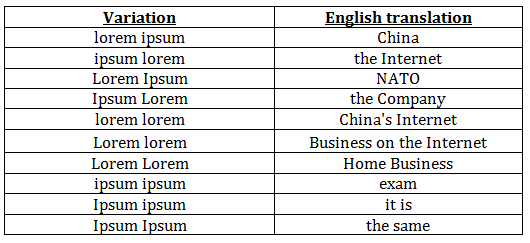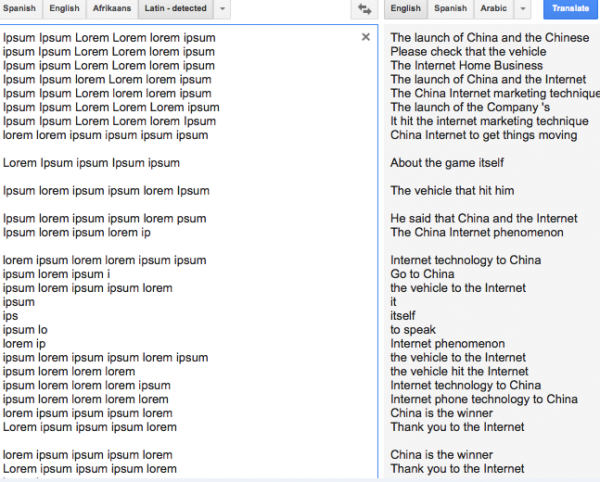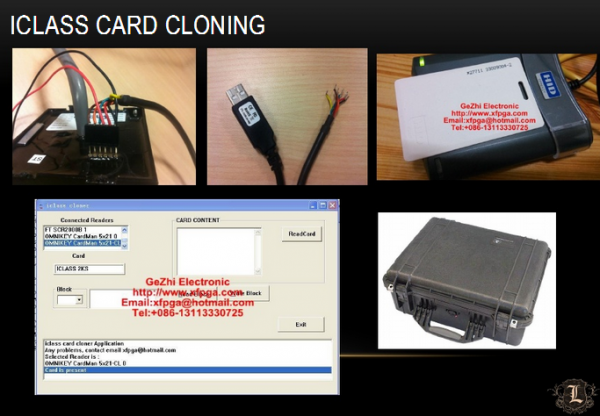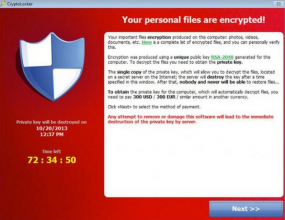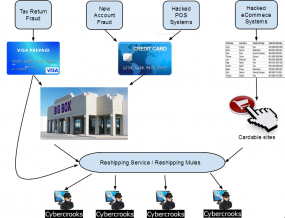One can find almost anything for sale online, particularly in some of the darker corners of the Web and on the myriad cybercrime forums. These sites sell everything from stolen credit cards and identities to hot merchandise, but until very recently one illicit good I had never seen for sale on the forums was counterfeit U.S. currency.
That changed in the past month with the appearance on several top crime boards of a new fraudster who goes by the hacker alias “MrMouse.” This individual sells counterfeit $20s, $50s and $100s, and claims that his funny money will pass most of the tests that merchants use to tell bogus bills from the real thing.
MrMouse markets his fake funds as “Disney Dollars,” and in addition to blanketing some of the top crime forums with Flash-based ads for his service he has boldly paid for a Reddit stickied post in the official Disney Market Place.
Judging from images of his bogus bills, the fake $100 is a copy of the Series 1996 version of the note — not the most recent $100 design released by the U.S. Treasury Department in October 2013. Customers who’ve purchased his goods say the $20 notes feel a bit waxy, but that the $50s and $100s are quite good fakes.
MrMouse says his single-ply bills do not have magnetic ink, and so they won’t pass machines designed to look for the presence of this feature. However, this fraudster claims his $100 bill includes most of the other security features that store clerks and cashiers will look for to detect funny money, including the watermark, the pen test, and the security strip.
In addition, MrMouse says his notes include “microprinting,” tiny lettering that can only be seen under magnification (“USA 100” is repeated within the number 100 in the lower left corner, and “The United States of America” appears as a line in the left lapel of Franklin’s coat). The sourdough vendor also claims his hundreds sport “color-shifting ink,” an advanced feature that gives the money an appearance of changing color when held at different angles.
I checked with the U.S. Secret Service and with counterfeiting experts, none of whom had previously seen serious counterfeit currency marketed and sold on Internet crime forums.
“That’s a first for me, but I guess they can sell anything online these days,” said Jason Kersten, author of The Art of Making Money: The Story of a Master Counterfeiter, a true crime story about a counterfeiter who made millions before his capture by the Secret Service.
Kersten said that outside of so-called “supernote” counterfeits made by criminals within North Korea, it is rare to find vendors advertising features that MrMouse is claiming on his C-notes, including Intaglio (pronounced “in-tal-ee-oh”) and offset printing. Both features help give U.S. currency a certain tactile feel, and it is rare to find that level of quality in fake bills, he said.







